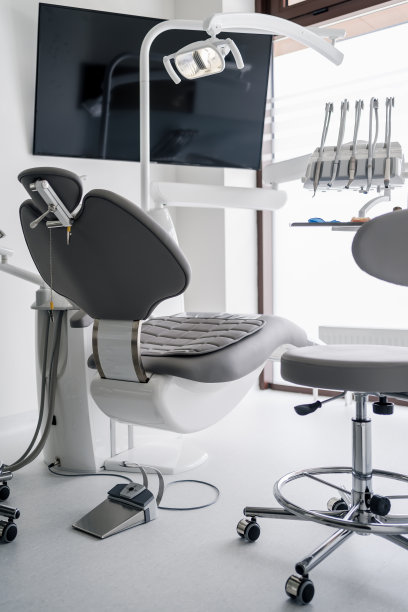The Complete Guide to Extracting a Tooth Safely and Comfortably for Optimal Oral Health
Summary: Extracting a tooth can be a daunting experience, but with proper knowledge, it can be conducted safely and comfortably, promoting overall oral health. This guide delves into the essential steps and precautions necessary for a successful tooth extraction, addressing topics like preparation, methods, aftercare, and when to seek professional help. With clear explanations and practical advice, this article aims to equip you with the confidence and understanding needed for an optimal extraction experience. Ultimately, your oral health is paramount, and knowing how to approach tooth extraction effectively contributes to lifetime dental wellness.
1. Importance of Pre-Extraction Preparation

Before proceeding with a tooth extraction, its essential to prepare adequately for the procedure. This entails gathering pertinent information about your dental health, discussing medications you are currently taking, and informing your dentist about any existing medical conditions. By providing your dentist with a comprehensive health history, you enable them to foresee potential complications.
Another critical aspect of preparation is understanding the reasons behind the extraction. Whether it’s due to severe tooth decay, crowding, or a painful tooth, knowing the rationale can help you mentally prepare and alleviate anxiety about the procedure.
Additionally, consider arranging for post-extraction transportation and then relaxing at home post-procedure. Preparation can reduce stress significantly and enhance your comfort during the extraction process.
2. Techniques for Safe Tooth Extraction
Tooth extraction can be performed in several ways, and the method utilized will depend on factors like the tooths condition and your overall health. The most common technique involves local anesthesia to ensure you remain comfortable while providing a painless experience. Your dentist will then use specific tools to loosen and remove the tooth from its socket safely.
In some instances, a surgical extraction might be necessary. This procedure typically involves making an incision in the gum tissue to access the tooth, particularly if it is impacted or broken. Surgical extractions might require more time and care, but they are designed with your comfort as a priority.
Regardless of the technique used, monitoring your vital signs during and after the procedure is crucial for ensuring a safe extraction. A thorough awareness of these details allows the dental professional to address any potential complications effectively.
3. Essential Aftercare for Oral Health
Post-extraction care is vital for both comfort and healing. To manage discomfort and prevent infection, following the dentists aftercare instructions is crucial. Rest, applying ice packs intermittently, and taking any prescribed medications can significantly help in managing pain and swelling.
Maintaining proper hygiene after an extraction is equally important. Gently rinsing your mouth with warm salt water can promote healing and help keep the area clean. However, it’s essential to avoid vigorous rinsing or spitting for the first 24 hours after the procedure.
Moreover, watching your diet is recommended. Soft foods are ideal for the initial days following the extraction, helping to avoid irritation of the extraction site. Gradually reintroducing solid foods can ease the transition back to your normal eating habits while ensuring you maintain optimal oral health.
4. When to Seek Professional Help
While most tooth extractions are routine and lead to uncomplicated recoveries, there are instances where you should seek professional help. Signs of complications, such as severe pain, swelling that worsens after the first two days, or a fever, warrant immediate attention from your dentist.
Additionally, if you notice excessive bleeding or if the extraction site does not seem to be healing properly, its crucial to consult with your dentist. They can assess the situation and recommend the appropriate treatment to ensure your recovery adheres to expectations.
Finally, regular follow-up appointments with your dentist post-extraction are essential. These visits allow your dentist to monitor the healing process and offer any necessary interventions to promote your oral health.
Summary:
Through this comprehensive guide, we emphasize the importance of preparation, safe extraction techniques, thorough aftercare, and awareness of when to seek further help. Understanding these factors enhances both the comfort and success of tooth extractions, contributing to optimal oral health.
This article is compiled by Vickong Dental and the content is for reference only.


